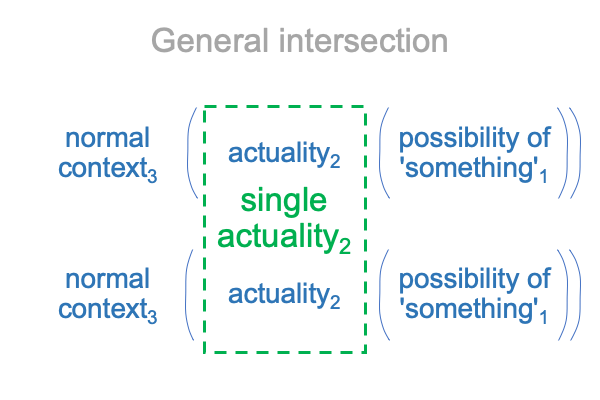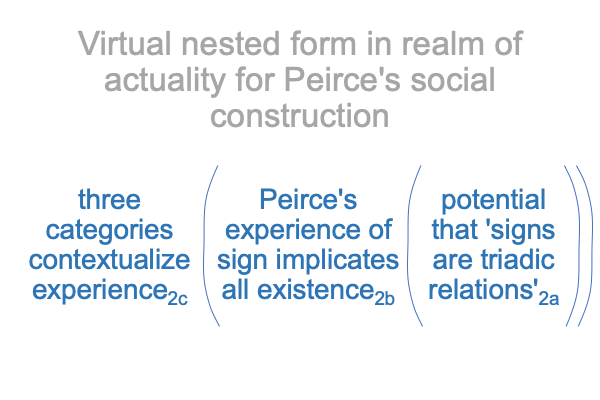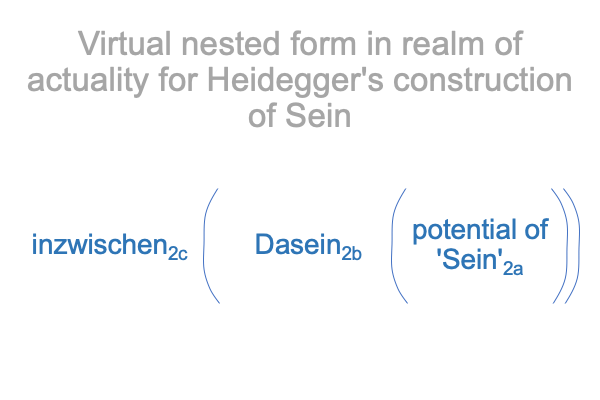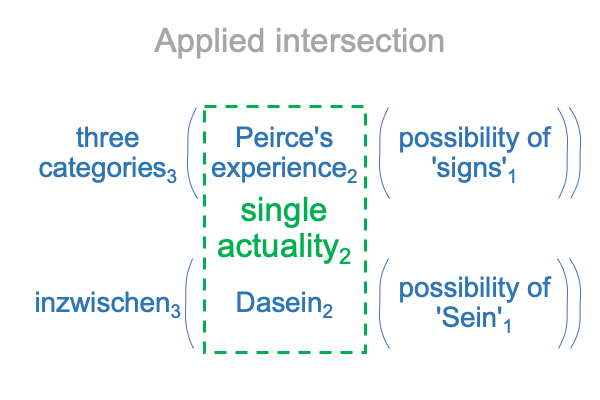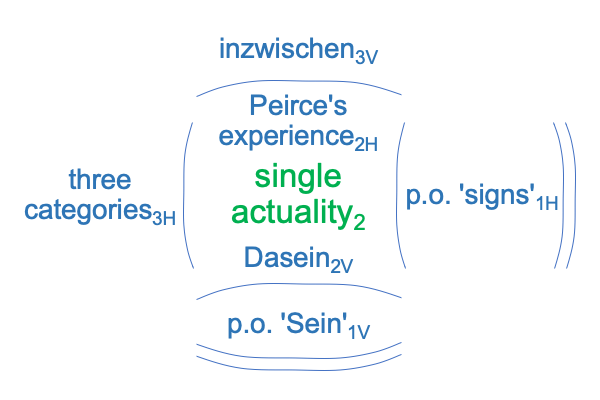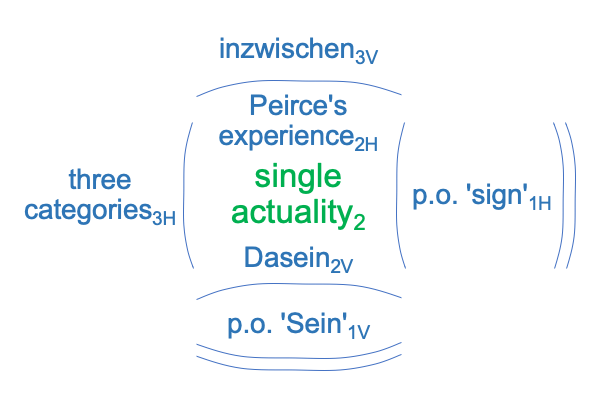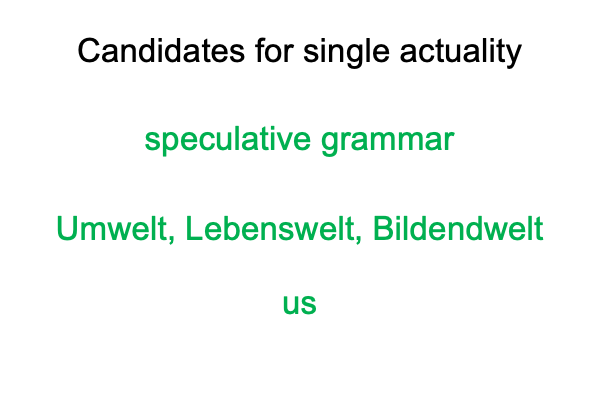Looking at Heather Heying and Bret Weinstein’s Book (2020) “A Hunter Gatherer’s Guide to the 21st Century” (Part 6 of 16)
0031 How should I specify the elements in the prior diagram?
A little history may assist.
State colleges spring up to train returning soldiers after the Hot War Among Fraternal Ideologies (1938-1945 AD). The authors are employed by one of these colleges, located in the State of Washington. Then, the institution changes in 2017
0032 Let me consider Evergreen State College prior to 2017.
The adaptations2V?
Obviously, the term goes with the faculty. Professors2b(2H) are selected for by the college3b(3H) for their disciplinary expertise1b(1H). Disciplinary expertise1b expresses the potential of empirio-schematic inquiry2a, characteristic of such fields as physics, chemistry, biology, quantitative sociology, cognitive and evolutionary psychology, and so on. Empirio-schematic inquiry2a is a style of rational thought2a.
Diagrams for empirio-schematic inquiry are developed in Comments on Jacques Maritain’s Book (1935) Natural History. The empirio-schematic judgment is rational thought. However, it is not rational in the same way as Aristotelian or scholastic thought. Empirio-schematics characterize the modern Age of Ideas, which starts around 1600 AD. Scholastics characterize the Latin Age, stretching from around 300 to around 1600 AD.
0033 Here is the two-level interscope for the axis corresponding to Darwinism, for Evergreen State College, before 2017.

0034 Heying and Weinstein are selected as professors2b and serve well, for one and one-half decades, until a shift in both cultural selection3b and the actuality2a virtually underlying their positions2b.
0035 What happens leading to 2017 and beyond?
On the content level, an imitation empirio-schematics2a fashions itself as a style of rational thought2a. Consider the blog for April at www.raziemah.com, titled Looking at Gad Saad’s Book (2021) “Parasitic Mind”. Like all fashions, inquiries pursuing social construction, critical theory and social justice take on the appearance of ‘something’ beautiful in order to adorn the one who wears the fashion.
Something beautiful?
Think of an adornment that signals one’s virtue, while sparkling with the certitude that accompanies empirio-schematic research.
On the situation level, the ones who fashion themselves as “righteous, in addition to rational” are instructors1b. Why? Instructors are defined by the potential of the faux empirio-schematics of social construction, critical theory and social justice2a. Their reward is in a fascination of their own varieties of righteousness.
In contrast, administrators2b exploit instructors1b, just as adaptations2a exploit a niche1b, in the normal context of cultural selection3b.
Here is a picture of the horizontal axis after 2017.

0036 In 2017, Heather Heying and Bret Weinstein resign their professorships at Evergreen State College.








